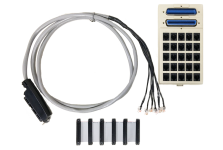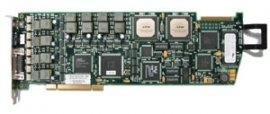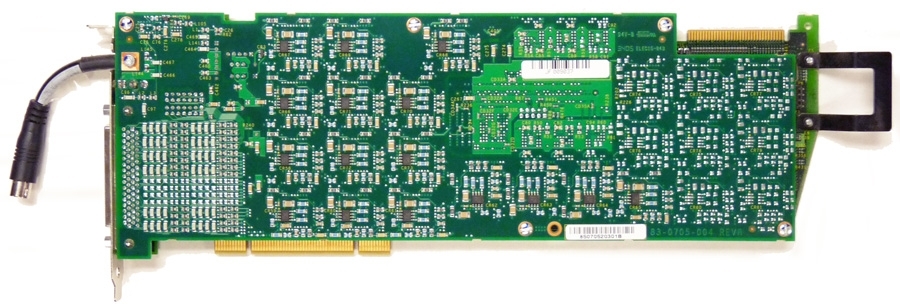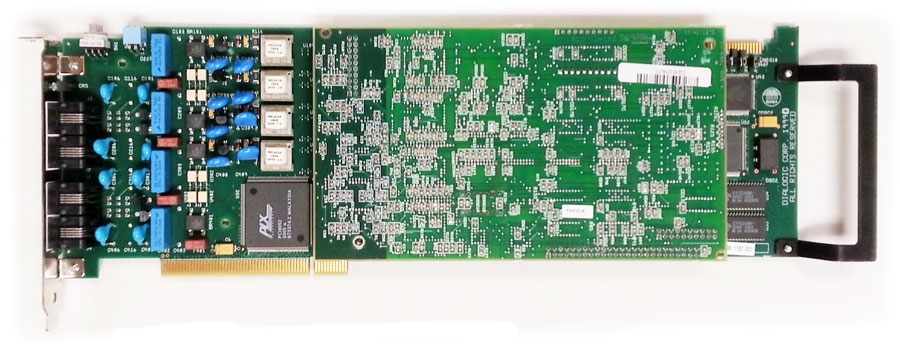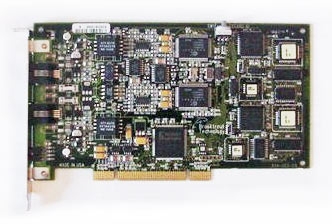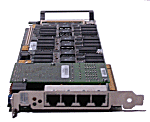Disabling Windows Physical Address Extension (PAE)
Reason for the issue:
Dialogic Release Notes for Dialogic® Host Media Processing (HMP) for Windows® and Dialogic® System Release Software for Windows® state that Physical Address Extension (PAE) is not supported and should be disabled on 32-bit versions of Windows®.
Symptoms:
Unstable behavior such as ‘blue screen’ failures or board detection issues.
Steps to Disable PAE:
First, check if PAE is enabled. To do this, right-click ‘My Computer’, and select ‘Properties’. Look under the Computer Processor information, and if ‘Physical Address Extension’ is listed there, then it is enabled.
The method for disabling Windows Physical Address Extension (PAE) differs between versions of the Windows® operating systems.
There are also times in the troubleshooting process that the Windows® System Information will be needed, perhaps to confirm processor speed or check on the number of processors or the amount of memory. Again, the method for obtaining this information differs between versions of the Windows® operating systems.
Disabling PAE on Windows® 2000 Server and Windows Server® 2003
Edit the boot.ini file to add the /execute and /nopae options.
The boot.ini may look similar to this example with these options added in:
[boot loader]
timeout=30
default=multi(0)disk(0)rdisk(0)partition(1)\WINDOWS
[operating systems]
multi(0)disk(0)rdisk(0)partition(1)\WINDOWS=”Windows Server 2003, Standard” /fastdetect /execute /nopae
Disabling PAE on Windows Vista®, Windows Server® 2008, Windows Server® 2012 and Windows® 7, Windows® 8, and Windows® 10
Use the Microsoft® bcdedit tool as described at this Microsoft link.
Both the ‘nx’ and ‘pae’ values should be set as shown below:
nx AlwaysOff
pae ForceDisable
Use the bcdedit tool from a command prompt, like this:
C:\bcdedit /set nx AlwaysOff
C:\bcdedit /set pae ForceDisable
Gathering Windows® System Information for Windows® 2000 Server and Windows Server® 2003
Run the winmsd command from a command prompt:
C:\winmsd
Gathering Windows System Information for Windows Vista®, Windows Server® 2008, Windows Server® 2012 and Windows® 7, Windows® 8, and Windows® 10
Run the msinfo32 command from the command prompt
C:\msinfo32



